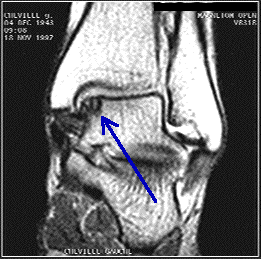Vinegar for a wound? White or Balsamic?
A curious question came from a patient whom I have prescribe 5% Acetic Acid solution to for an infected wound.
"Can't I just use balsamic vinegar?"
Cleansing with topical antiseptics in infected wounds: The role of traditional antiseptics solutions (e.g. povidone iodine, 0.25% acetic acid, 0.25% sodium hypochlorite (bleach)) is frequently used. There may be a role for using them to cleanse the wound in conjunction with the use of applying an antiseptic preparation/dressing until the next dressing change.
Commonly, Acetic Acid is used for topical treatment of wounds with Pseudomonas. Irrigate the wound with water or saline to remove any loose debris. Debris left in the wound can bind with antiseptics such as acetic acid and diminish their antimicrobial effects.
No, vinegar is a liquid substance consisting mainly of acetic acid (CH3CO2H ) and water, the acetic acid being produced through the fermentation of ethanol by acetic acid bacteria. Commercial vinegar is produced either by fast or slow fermentation processes. In general, slow methods are used with traditional vinegars, and fermentation proceeds slowly over the course of weeks or months.
 Further note: Traditional Balsamic Vinegar (TBV) or Aceto Balsamico Tradizionale is type of balsamic vinegar produced in Emilia Romagna region of Italy. It is made by cooking of the grape juice only, and aged at least 12 years.
Further note: Traditional Balsamic Vinegar (TBV) or Aceto Balsamico Tradizionale is type of balsamic vinegar produced in Emilia Romagna region of Italy. It is made by cooking of the grape juice only, and aged at least 12 years."Balsamic Vinegar of Modena" (BVM)can be produced without an ageing period. It is a blend of concentrated grape musts, wine vinegars and caramel. See the photo, both are the BVM - one more expensive than the other, but neither are TBV.
So therefore, stick to regular white vinegar for wound care and save the Traditional Balsamic Vinegar for a wonderful cheese platter with a glass of Barolo.
- Get link
- X
- Other Apps

Comments